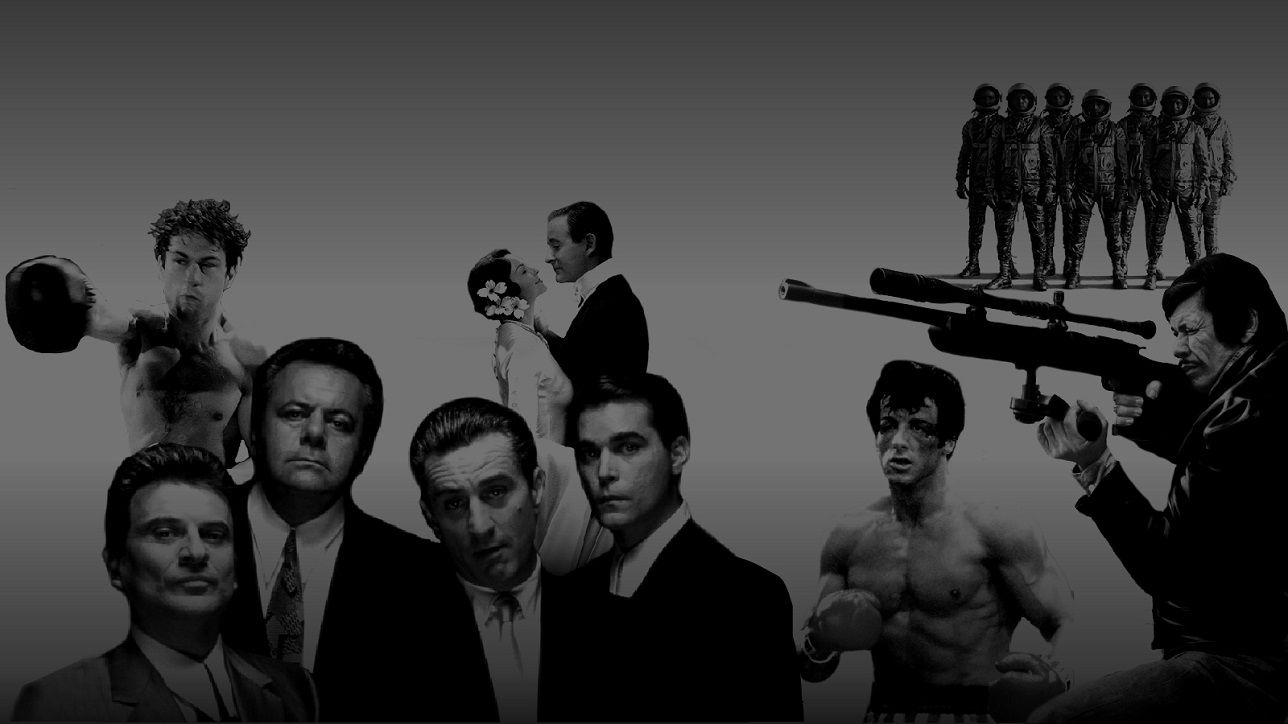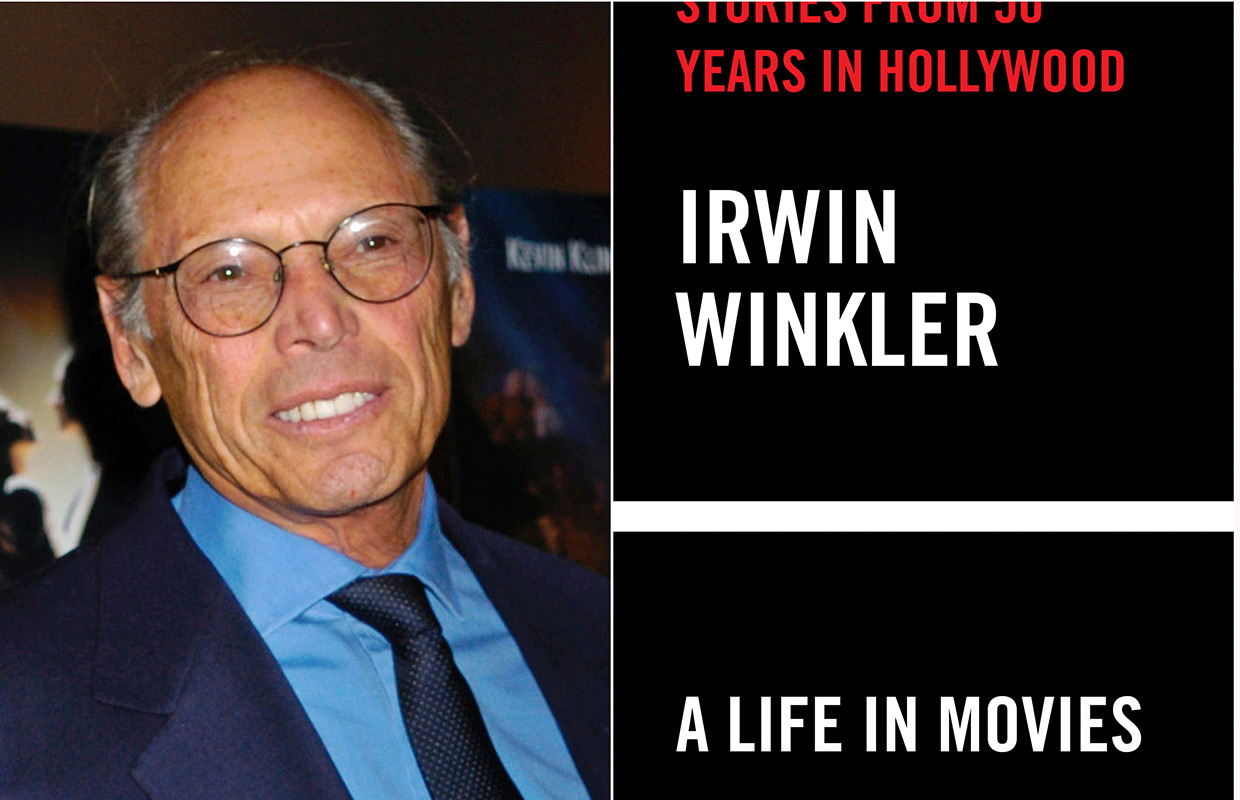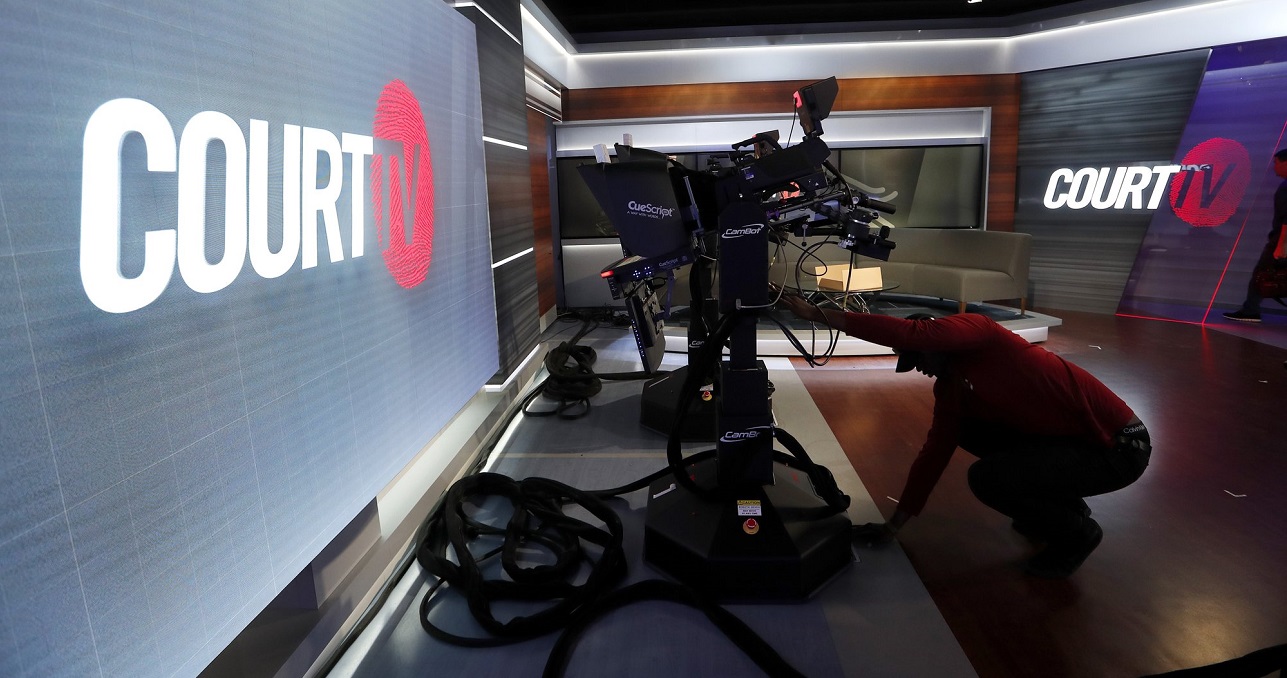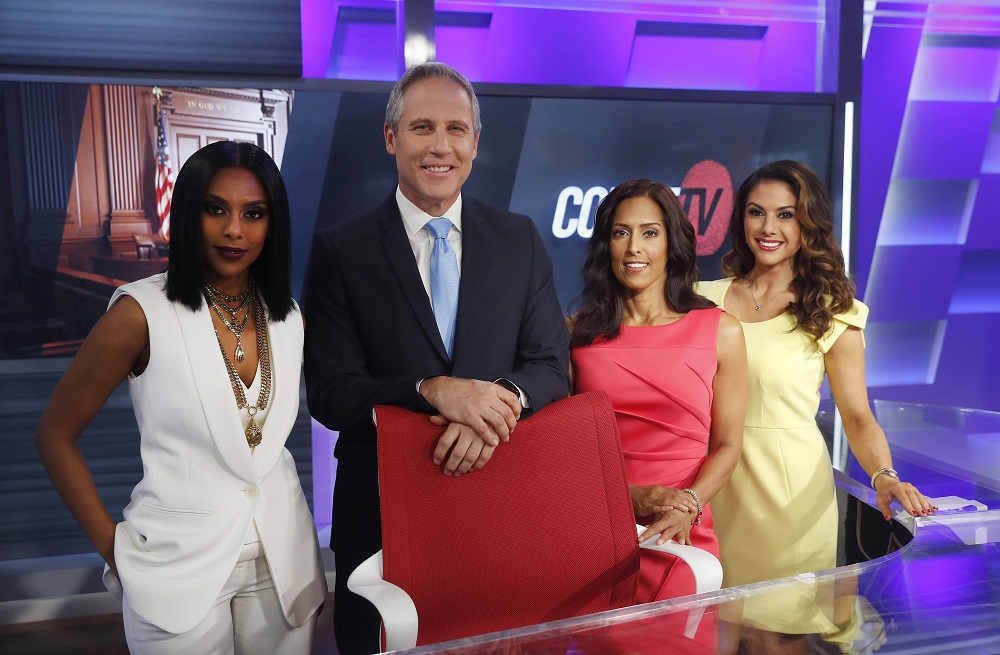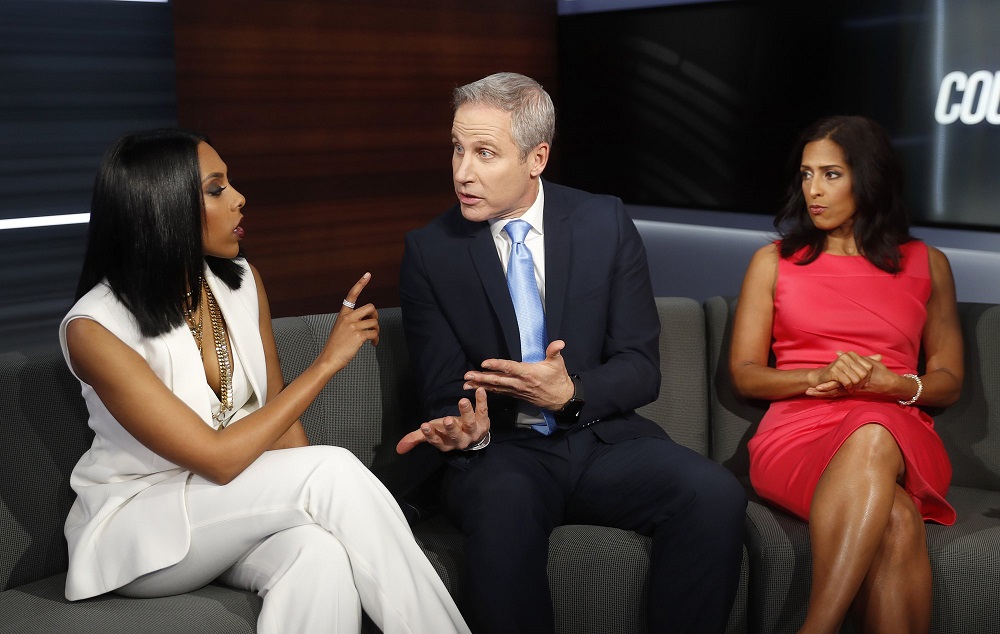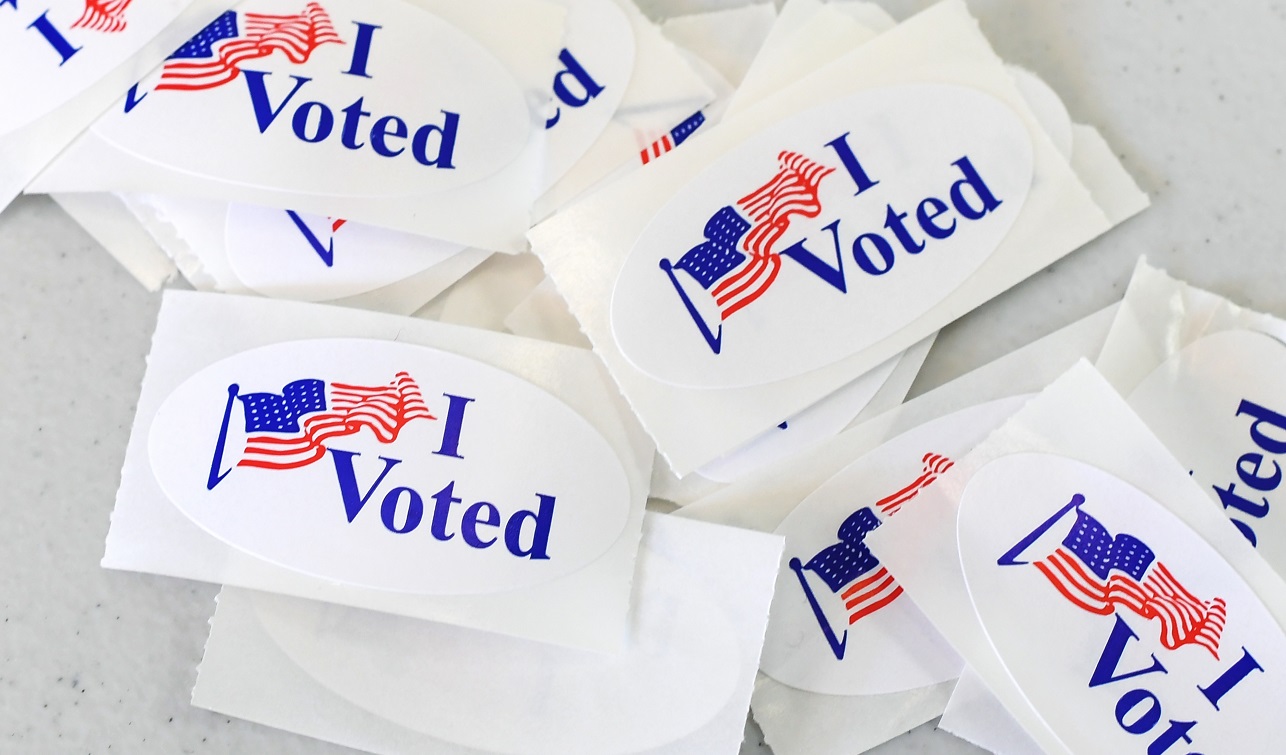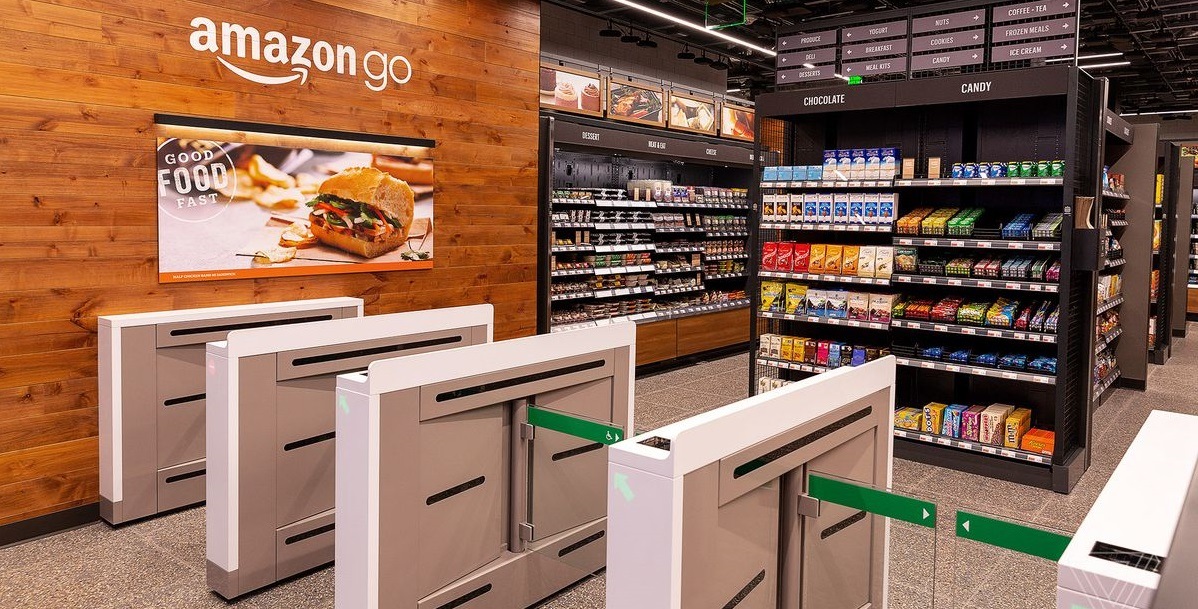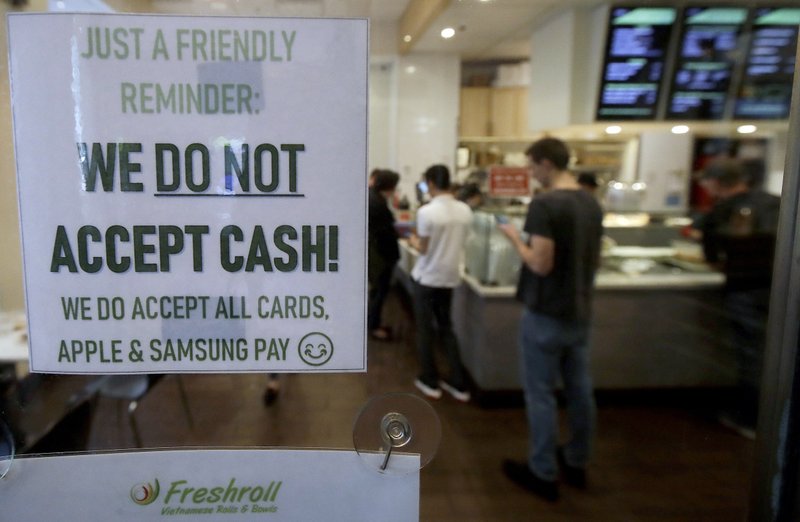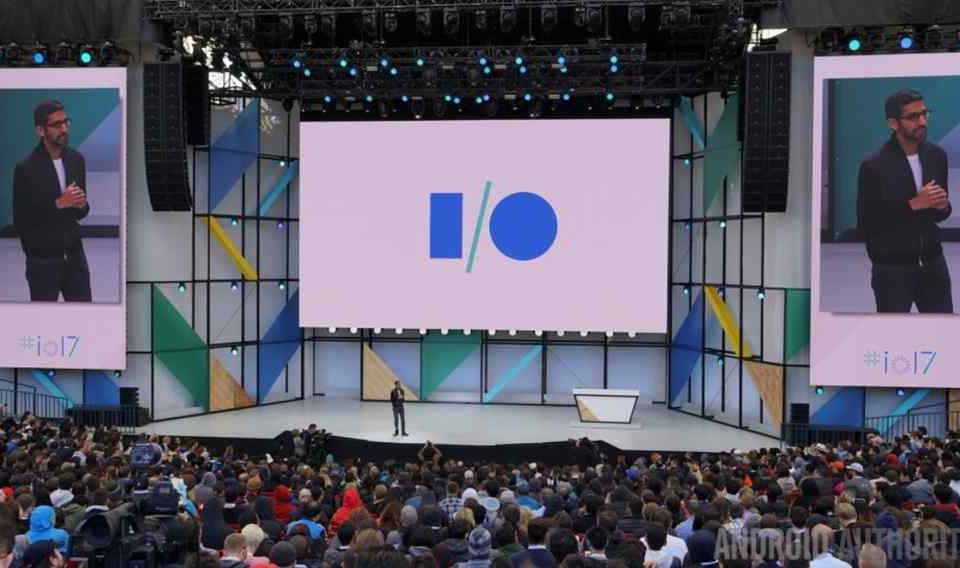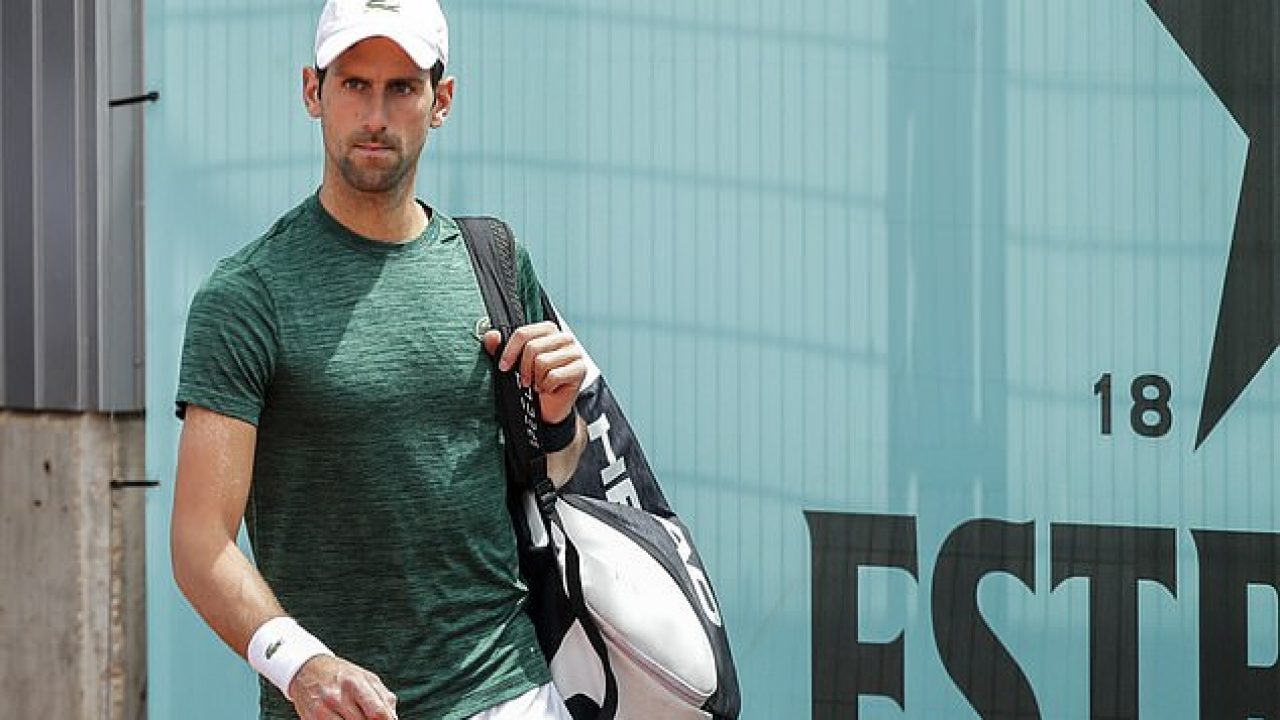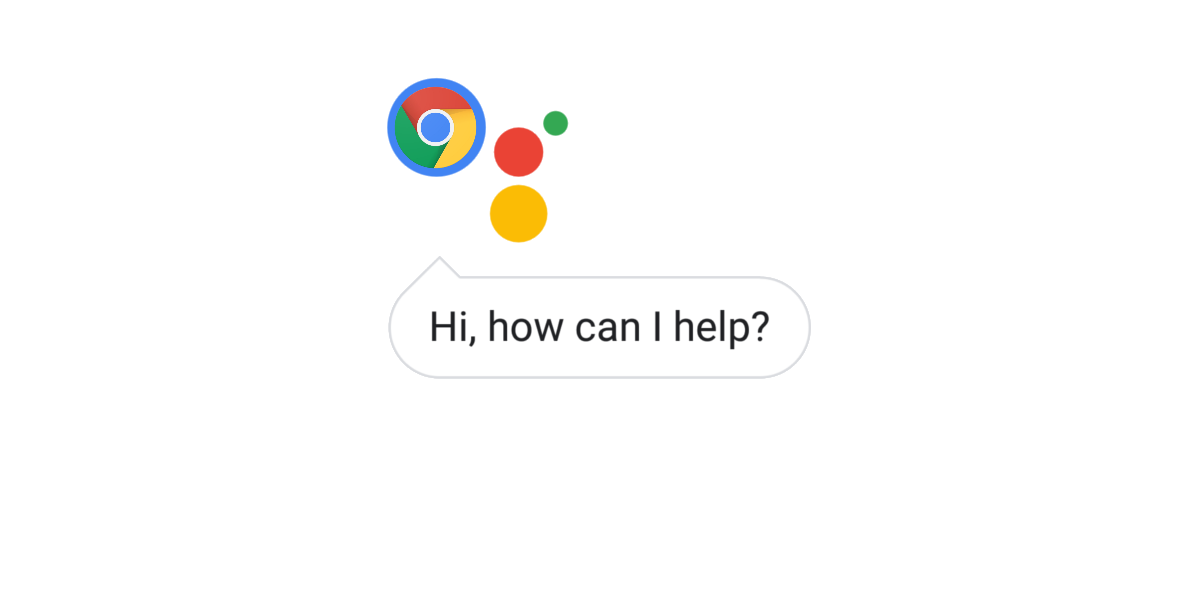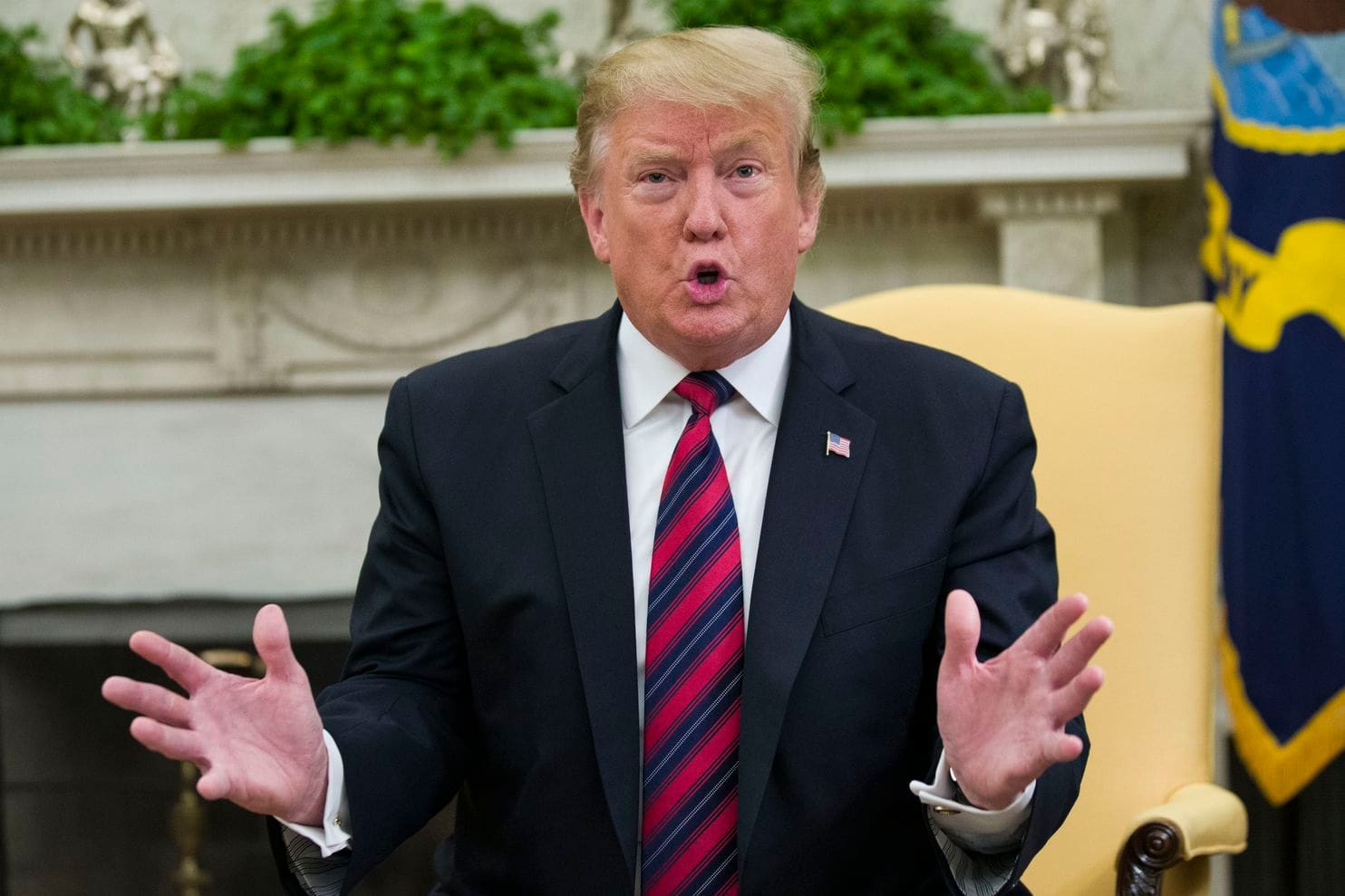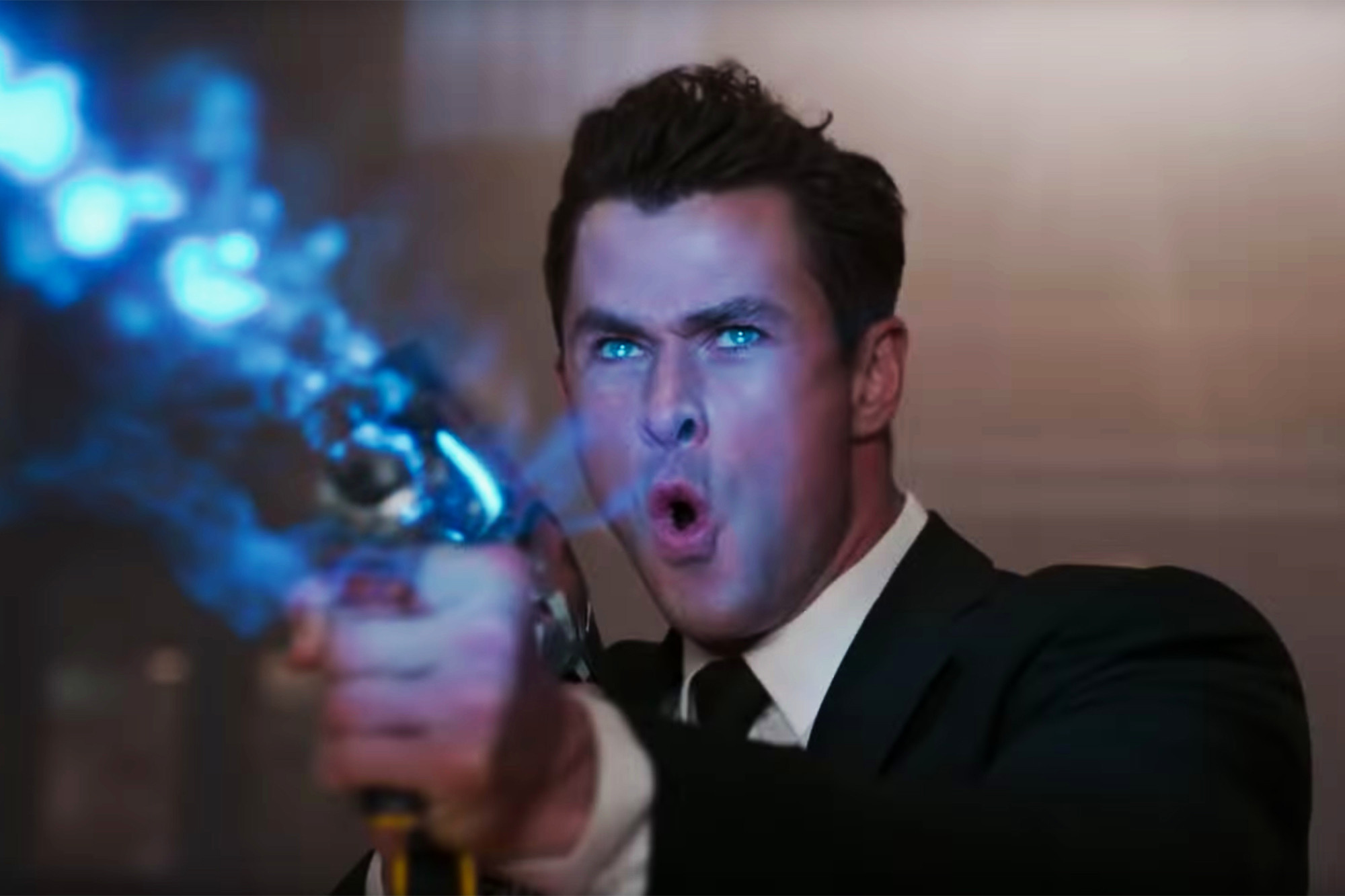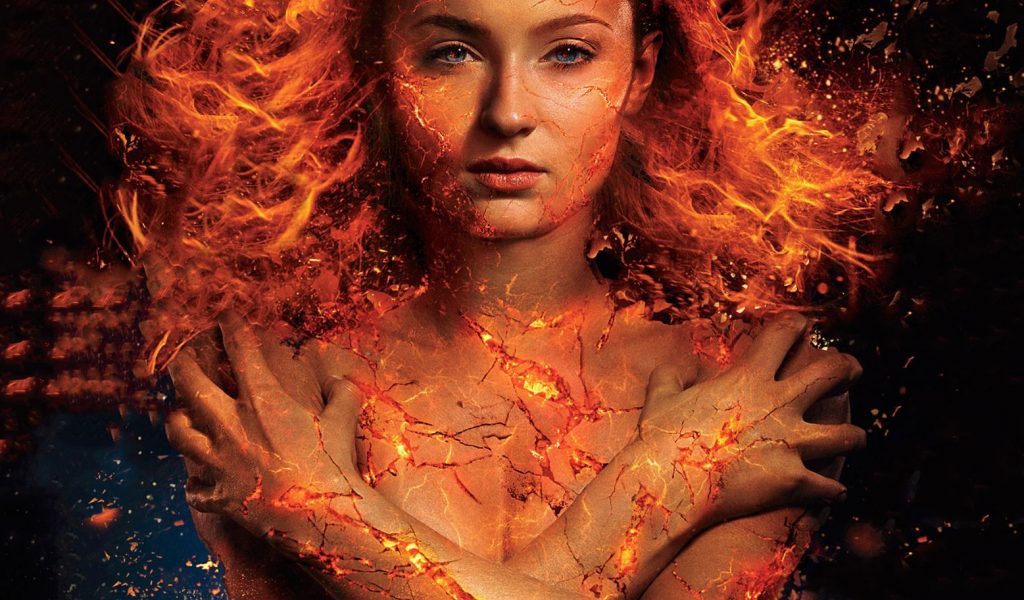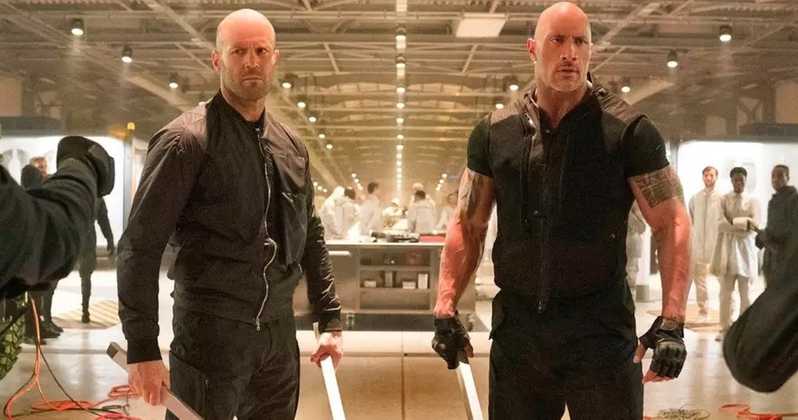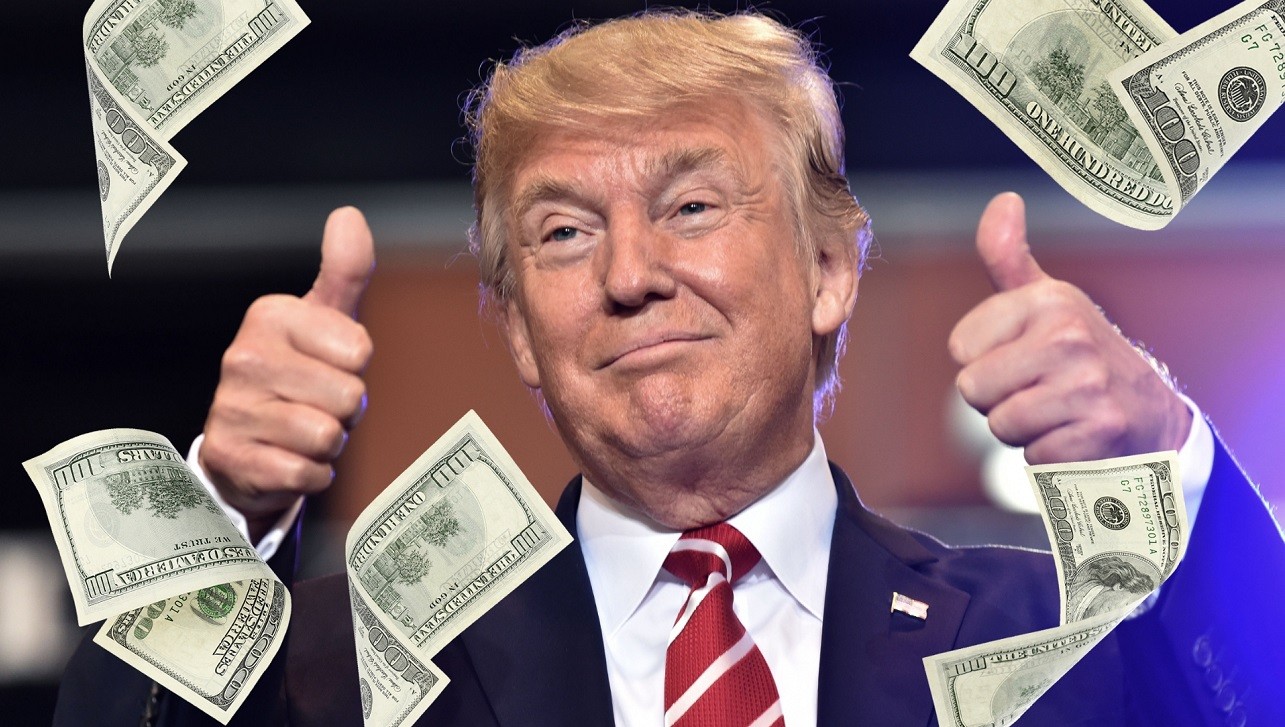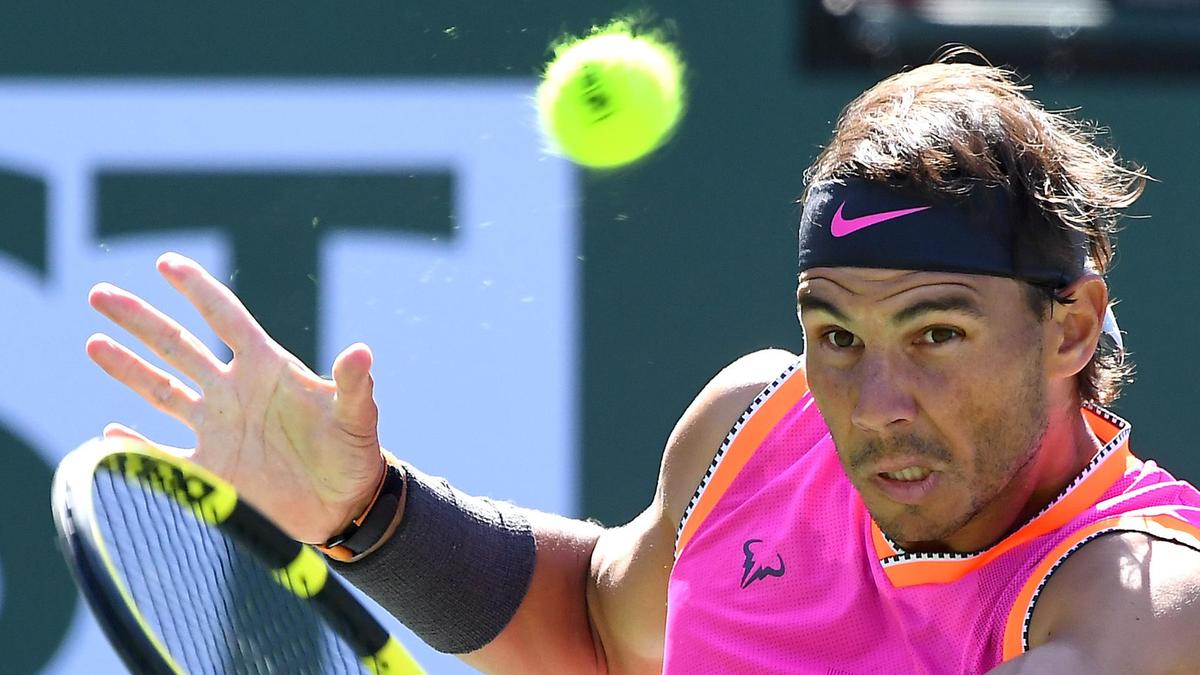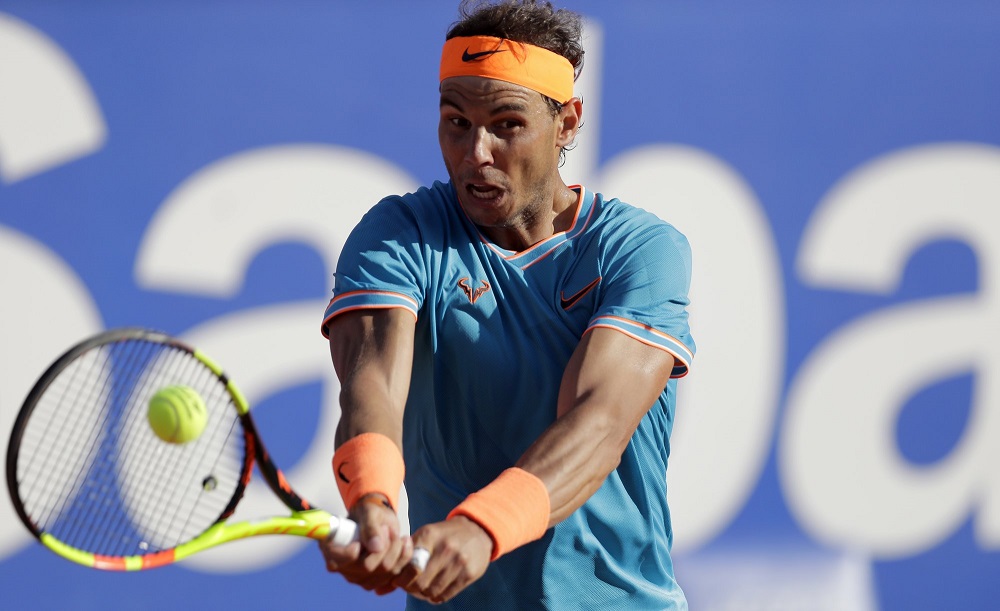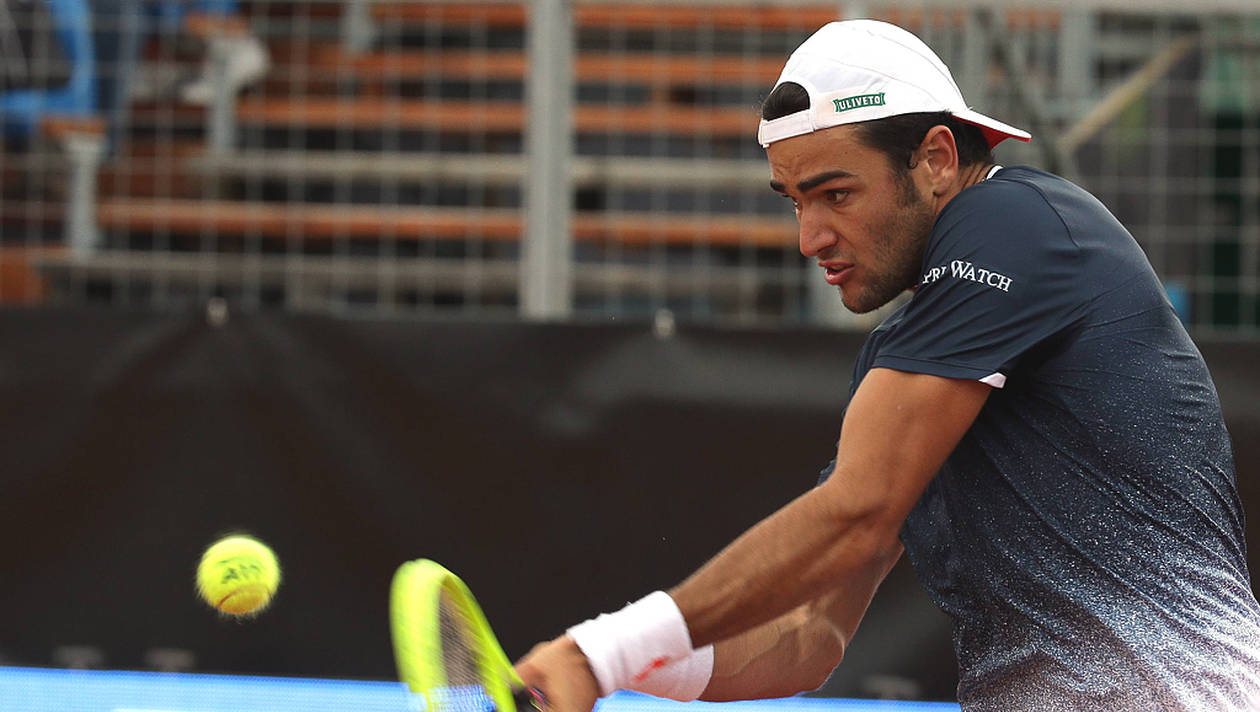As President Donald Trump had steadily said he believes his good friend Vladimir Putin that Russia never interfered with our 2016 elections, the Pentagon and FBI have warned about their meddling in our 2020 elections. Nothing is being done to protect our election systems, so it’s fallen on private companies like Microsoft to step up and help protect our democracy.
Microsoft
has announced
an ambitious effort to make voting secure, verifiable and subject to reliable
audits by registering ballots in encrypted form so they can be accurately and
independently tracked long after they are cast.
Two of the
three top U.S elections vendors have expressed interest in potentially
incorporating the open-source software into their voting systems.
The software
is being developed with Galois, an Oregon-based company separately
creating a secure voting system prototype under
contract with the Pentagon’s advanced research agency, DARPA. Dubbed
“ElectionGuard,” it will be available this summer, Microsoft says, with early
prototypes ready to pilot for next year’s U.S. general elections.
CEO Satya
Nadella announced the initiative Monday at a developer’s conference in Seattle,
saying the software development kit would help “modernize all of the election
infrastructure everywhere in the world.”
Three
little-known U.S. companies control about 90 percent of the market for
election equipment, but have long faced criticism for poor security, antiquated
technology and insufficient transparency around their proprietary, black-box
voting systems.
Open-source
software is inherently more secure because the underlying code is easily
scrutinized by outside experts but has been shunned by the dominant vendors
whose customers — the nation’s 10,000 election jurisdictions — are mostly
strapped for cash.
None offered
bids when Travis County, Texas, home to Austin, sought to build a system with
the “end-to-end” verification attributes that ElectionGuard promises to
deliver.
Two of the
leading vendors, Election Systems & Software of Omaha, Nebraska, and Hart
InterCivic of Austin, Texas, both expressed interest in partnering with
Microsoft for ElectionGuard. A spokeswoman for a third vendor, Dominion Voting
Systems of Denver, said the company looks forward to “learning more” about the
initiative.
Anyone with
an existing voting system or developing a new one will be able to incorporate
ElectionGuard — at the state or local level in the U.S. or national level for
jurisdictions abroad.
“Once the
barrier to entry is low enough, hopefully one of the vendors will go for it,
and that will bring the rest of them in quickly enough,” said Dan Wallach, a
Rice University computer scientist who assisted Travis County.
“It can be
used with a ballot-marking device. It can be used with an optical scanner, on
hand-marked paper ballots,” said Josh Benaloh, a senior cryptographer at
Microsoft Research and key contributor to the ElectionGuard project. Benaloh
helped produce a National Academies of Science report last
year that called for an urgent overhaul of the rickety U.S. election system,
which Russian hackers infiltrated in 2016 in several states.
That report
called for all U.S. elections to be held on human-readable paper ballots by
2020. It also advocated a specific form of routine postelection audits to
ensure accurate vote counts — a requirement that “end-to-end’ voting
verification satisfies.
Election integrity
activist Susan Greenhalgh of the National Election Defense Coalition said she
hoped it would encourage innovative thinking at the level elections are
actually managed.
“We can’t
have faith-based voting anymore,” she said. “This is a great step forward in
verifying election results.”
ElectionGuard
will let voters confirm that their votes are accurately recorded. Beyond that,
the unique coded tracker it produces registers an encrypted version of the vote
that keeps the ballot choice itself secret while ensuring votes are accurately
counted.
That enables
reliable postelection audits and recounts.
It also lets
outsiders such as election watchdog groups, political parties, journalists —
and voters themselves — verify online that votes are properly counted without
being altered.
Microsoft
executives say they also plan to build a prototype voting system for reference.
One election
official who has been in informal conversations with the ElectionGuard project
leaders is Dean Logan, who runs elections for Los Angeles County, the nation’s
most populous, and is building an open-source voting system for it.
A spinoff of
Galois called Free & Fair developed
the sophisticated postelection audits , known as “risk-limiting,”
for Colorado, which was the first U.S. state to require the audits recommended
in the National Academies of Sciences report.
ElectionGuard
is not designed to work with internet voting schemes — which experts consider
too easily hackable — and does not currently work with vote-by-mail systems.
ES&S
told media outlets that it was excited to partner with Microsoft and “still
exploring the potentials” for incorporated the software kit its voting systems.
Hart
InterCivic, the No. 3 vendor, said it planned a pilot project with Microsoft to
“incorporate ElectionGuard functionality as an additional feature” layered over
its core platform.
A
spokeswoman for Dominion, the No. 2 vendor, said “We are very interested in
learning more about the initiative and being able to review the various
prototypes that are being planned, along with hearing more about other
federally-supported efforts in the elections space.”
Edgardo
Cortés, a former Virginia elections commissioner now with New York University’s
Brennan Center, welcomed additional private sector support for election
systems.
“I think
it’ll take a while to catch on and see how beneficial (ElectionGuard) ends up
being,” he said. “But I think it certainly does have a great deal of potential.”
Columbia
University will be partnering with Microsoft to audit the pilots.
Microsoft’s Protecting Elections In
America Announcement
Today, at
the Microsoft Build developer conference, CEO Satya Nadella announced
ElectionGuard, a free open-source software development kit (SDK) from our Defending Democracy Program. ElectionGuard
will make voting secure, more accessible, and more efficient anywhere it’s used
in the United States or in democratic nations around the world. ElectionGuard,
developed with the assistance of our partner Galois, will be available starting this summer
to election officials and election technology suppliers who can incorporate the
technology into voting systems. Among ElectionGuard’s many benefits, it will
enable end-to-end verification of elections, open results to third-party
organizations for secure validation, and allow individual voters to confirm
their votes were correctly counted.
We are also
announcing today that we have partnered with major election technology suppliers
who are exploring the integration of ElectionGuard into their voting systems.
We currently have partnerships with election technology suppliers responsible
for more than half of the voting machines sold in the U.S. To help these
partners, other vendors and election officials to visualize how ElectionGuard
can modernize and secure the vote, we are building a reference voting system,
which we will make public later this year, that will showcase the capabilities
that ElectionGuard enables.
We believe technology
companies have a responsibility to help protect our democratic processes and
institutions. Modern technology can be used to ensure the voting process is
resilient. At the same time, ElectionGuard is not intended to replace paper
ballots but rather to supplement and improve systems that rely on them, and it
is not designed to support internet voting. In short, ElectionGuard is a new
tool for use by the existing election community and government entities that
run elections.
ElectionGuard
can be used to build systems with five major benefits that will protect the
vote against tampering by anyone, and improve the voting process for citizens
and officials:
Verifiable: Allowing voters and third-party
organizations to verify election results.
Secure: Built with advanced encryption
techniques developed by Microsoft Research.
Auditable: Supporting risk-limiting audits that
help assure the accuracy of elections.
Open
source: Free
and flexible with the ability to be used with off-the-shelf hardware.
Make
voting better: Supporting
standard accessibility tools and improving the voting experience.
Verifiable
ElectionGuard
democratizes the ability to verify election results by enabling direct public
confirmation of the accuracy of those results. Voters are able to verify the
correct recording of their votes, and anyone – including voters themselves –
can verify that all of the recorded votes are correctly counted. As with
current election systems, voters will remain unable to disclose their recorded
votes to protect their privacy.
ElectionGuard
verification is accomplished in two ways.
First,
ElectionGuard provides each voter a tracker with a unique code that can be used
to follow an encrypted version of the vote through the entire election process
via a web portal provided by election authorities. During the process of
vote-casting, voters have an optional step that allows them to confirm that
their trackers and encrypted votes accurately reflect their selections. But
once a vote is cast, neither the tracker nor any data provided through the web
portal can be used to reveal the contents of the vote. After the election is
complete, the tracker codes can be used by voters to confirm that their votes
were not altered or tampered with and that they were properly counted.
Second,
ElectionGuard also includes an open specification – or a road map – which
allows anyone to write an election verifier. Voters, candidates, news media and
any observers can run verifiers of their own or downloaded from sources of
their choosing to confirm tabulations are as reported. The combination of
the tracker – which allows individual voters to verify that their votes have
been accurately recorded – and the verifier – which allows anyone to verify
that the recorded votes have been accurately counted – enables full “end-to-end
verification” of the correctness of election results. It will not be possible
to “hack” the vote without detection.
ElectionGuard
provides a complete implementation of end-to-end verifiable elections. It is
designed to work with systems that use paper ballots, supplementing today’s
tabulation process by providing a means of public verification of the accuracy
of reported results.
Secure
To enable
these two forms of verification, ElectionGuard uses something called
homomorphic encryption – which enables mathematical procedures – like counting
– to be done with fully encrypted data. The use of homomorphic encryption in
election systems has been pioneered by Microsoft Research under the leadership
of Senior Cryptographer Josh Benaloh. With
homomorphic encryption, individually encrypted votes can be combined to form an
encrypted tabulation of all votes which can then be decrypted to produce an
election tally that protects voter privacy. By running an open election
verifier, anyone can securely confirm that the encrypted votes have been
correctly aggregated and that this encrypted tabulation has been correctly
decrypted to produce the final tally. This process allows anyone to verify the
correct counting of votes by inspecting the public election record, while
keeping voting records secure. The use of homomorphic encryption to enable
verification is separate from and in addition to the process of paper ballots
counted as an official election tally.
Auditable
Auditing the
outcomes of elections further helps increase public confidence in the outcome
as well as improving operational performance of elections. In addition to the
public verification enabled by ElectionGuard, the SDK explicitly supports an
enhanced form of statistical administrative auditing. Efficient risk-limiting
audits are conducted by election officials with the aid of an electronic record
of every ballot cast in an election. In this process, ballot records are
selected at random and then compared against corresponding paper ballots to
confirm that they match. By individually comparing paper against corresponding
electronic records, high confidence in an election result can be achieved by
examining far fewer ballots than would be necessary by traditional means. The
process used by ElectionGuard allows these efficient risk-limiting audits to be
publicly observable and verifiable without publishing the full set of
electronic vote records.
Open
source
The
ElectionGuard SDK, as well as components of the reference voting system we’re
building, will be released under the MIT Open Source License and made available
on GitHub. Microsoft is offering this software to the election industry free of
charge and with the intent of election technology vendors adopting components
as they see fit. The SDK is designed to be used stand-alone or easily
integrated as part of a vendor’s larger system. Because it’s open source,
ElectionGuard can be used not just on devices running Windows but on
off-the-shelf devices from other major technology companies as well as custom
hardware designed by election technology suppliers. We believe this will enable
ElectionGuard to be deployed in a variety of ways.
Make
voting better
Microsoft’s
mission is to empower every person on the planet to achieve more, and that
commitment extends to those with disabilities who want to exercise their right
to vote. Disability advocates we speak with want primary voting systems that
are more accessible. The reference voting system we are building will
demonstrate how ElectionGuard can be combined with readily available devices to
build accessibility into the primary systems everyone uses.
We also
wanted to make the whole voting experience easier and more modern for everyone
and spent significant time thinking about the challenges people face on
election day. One frustration is the difficulty of doing research on candidates
and initiatives at the polling place. Our sample reference will showcase how
people can make their selections at home, where they can easily research their
choices, then bring a QR code to the polling place to scan and pre-populate
their ballot.
When it’s
time to vote, ElectionGuard supports the use of standard tablets and PCs
running a variety of operating systems as a ballot marking device, which can be
used to create an interface that looks and feels like modern applications
people interact with every day on their phones and tablets. After people make
their choices, their selections can be printed on a physical sheet of paper
that they can review for accuracy and place in the ballot box as the official
record of their vote.
Finally,
voters will receive trackers that confirm their votes and can be used to verify
that their votes were counted correctly after an election. ElectionGuard can
also be used to enable optional scenarios for people to share on social media
the fact that they voted, serving as a virtual “I voted” sticker encouraging
others to participate in the democratic process.
Partnerships
We are
working with a range of election technology suppliers who are excited to
explore incorporating ElectionGuard into their current offerings or build new
product lines incorporating the technology. These partnerships represent
organizations that supply more than half of the voting systems used in the
United States today including Democracy Live, Election Systems & Software,
Hart InterCivic, BPro, MicroVote, and VotingWorks. We will continue to work
with these partners, and any other interested vendors, over the coming months
as they evaluate ElectionGuard. The early feedback has been exciting.
The code for
ElectionGuard is being built together with our development partner, Galois. We
are excited that Galois recently received $10 million in funding from DARPA to
build a demonstration voting system to help evaluate secure hardware DARPA
researchers are developing as part of a separate DARPA program. The agency
views ensuring the integrity and security of the election process as a critical
national security concern and plans to implement the ElectionGuard SDK as part
of their effort to enable an end-to-end verifiable component in future versions
of their demonstration voting system. It is encouraging to see DARPA investing
in technology, which will not only find an application in securing the voting
process but could contribute to more secure and transparent computing for a
variety of devices and applications.
We are also
pleased to announce a partnership with Columbia University’s Columbia World
Projects. Columbia professors in statistics, political science,
computer science, and international and public affairs and Microsoft will be
joining forces to bring ElectionGuard to life by piloting the technology in the
coming election cycle.
Availability
The
ElectionGuard SDK will be available through GitHub beginning this summer. We
encourage the election technology community to begin building offerings based
on this technology and expect early prototypes using ElectionGuard will be
ready for piloting during the 2020 elections in the United States, with
significant deployments for subsequent election cycles. Over time we will seek
to update and improve the SDK to support additional voting scenarios such as
mail-in ballots and ranked choice voting. Microsoft will not charge for using
ElectionGuard and will not profit from partnering with election technology
suppliers that incorporate it into their products.


